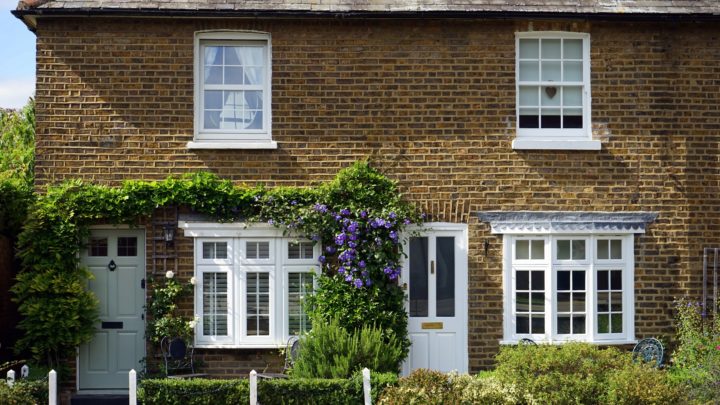The following is a contribution from another author.
Helping the planet is a big deal these days, which is why homeowners are trying to convert their homes into eco-friendly warriors. AHITF’s very own guide to a green property is available for those that need inspiration. Still, transforming your home into a friend of the planet doesn’t mean they’re on good terms. Sometimes, your property can do more damage without you realizing.
The problem is the lack of knowledge. Wanting to help is commendable, but it’s pointless if you have no idea what to do or how to spot the signs. Guides are helpful yet they’re the tip of the iceberg. The key is to bridge the gap by understanding the do’s and don’ts.
You aren’t going to learn everything there is to know in one blog post; that would be impossible. Still, it is feasible to understand the basics. With that in mind, here are the signs to look out which mean your house isn’t a friend of Mother Nature’s.
Harmful Materials
Most houses use lots of different materials for style purposes. It’s nice to create contrast as it has a dramatic impact. Plus, there is something different about wallpapering one wall and painting the other. Come on – everyone is a little bit of a rebel inside.
Unfortunately, plenty of paints contain harmful chemicals which aren’t good for the environment. The main example is VOCs. Found in everything from plants to fresh bread, they are particularly common in paints. When they react with the air, they produce ozone but not the right kind. This type of ozone forms smog and breaks down air quality.
From a health perspective, VOCs also cause plenty of harmful side-effects to the body. Living in a home with VOCs means there’s a chance of nausea, headaches, and even liver damage. Look for paints with a low count when it’s time to redecorate.
No Wood
On the flip side, homes which aren’t eco-friendly tend to omit the materials that are helpful. Wood should be at the top of the list because it absorbs a big chunk of air pollution. As long as you choose correctly, then everything from your flooring to furniture can reduce the house’s carbon footprint.
The type which is the most helpful is bamboo. On average, a bamboo tree grows up to 1.2 meters a day. This is significant because it’s a gauge for how much CO2 it absorbs. So, installing it throughout your home where you’re trying to go for the natural look will be stylish and effective.
Of course, you can decorate with plants too for a similar effect. The more houseplants there are, the less CO2 there will be in the air. Check out this list backed by NASA for more.
Glass In The Trash
Not every home is going to upcycle and find a place for trash. There are only so many times you can use a paint tin as a plant pot or lampshade. So, throwing it away is the only option. Still, it’s how you deal with your garbage which tells you whether you’re a friend or a foe.
Anything like glass or plastic, which aren’t biodegradable, shouldn’t go in the regular bin. Instead, there should be a pile for the recyclable stuff so that the garbage men can deal with it properly. Otherwise, it goes to the landfill and sticks around for centuries instead of rotting.
As well as the standard bin, there should be a second for everything which is non-biodegradable.
Fogged Glass
Take a look at the windows – are they clear? You might think it’s a bit of dirt and grime on the outside, but it could be air in between the glass. When this happens, it means the windows aren’t fitted correctly and need replacing according to this guide to replacement windows. It also recommends replacing them ASAP, and you should listen for the sake of the planet.
Foggy windows let the heat from the house escape, which forces you to burn more fuel to stay warm. As a result, the earth’s resources are depleted and things such as fracking become the norm to keep up with demand.
Spending $150 is a cheap and basic way to slow demand and keep the atmosphere intact.
Smart Technology
Google Home or an Amazon Echo Dot can be great additions to your home. When done properly, they help to regulate your energy usage because they control the thermostat.
The key is to let them set the levels and pump out the energy when needed.
The question is: are your house and Mother Nature buddies?
















